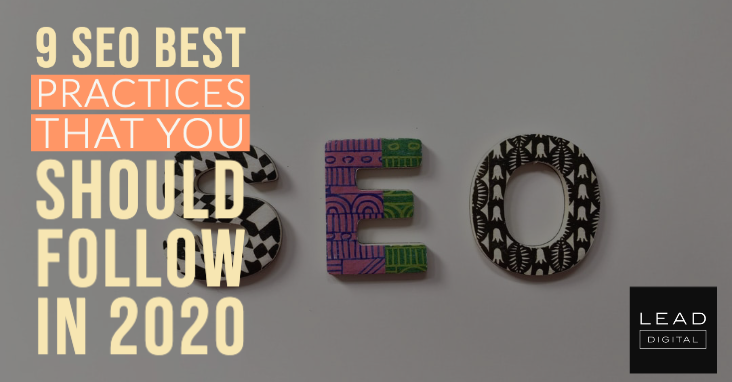 Here is the harsh truth, if you are not ranking in Google’s top 10 results for your target keywords, your website might as well be invisible on Google.
Here is the harsh truth, if you are not ranking in Google’s top 10 results for your target keywords, your website might as well be invisible on Google.
According to HubSpot, 75% of searchers never go past the first page of search results — this is why it is so essential to rank on the first page of Google.
There are several strategies and techniques you can follow to rank higher on Google, but if you don’t get the basics right, your chances of ranking on page 1 of Google are minimal.
By following SEO best practices, you will be laying the groundwork for your site to increase its visibility in search. Once you have laid the groundwork, you can move on to more advanced keyword research and link building strategies.
In this article, I will be sharing the 9 SEO best practices that you should follow to achieve higher search rankings in 2020.
- 1. Align Your Content with Search Intent
- 2. Write a Compelling Title Tag and Meta Description
- 3. Optimize Your Images
- 4. Optimize Your Page Speed
- 5. Use Internal Linking
- 6. Improve the User Experience on Your Website
- 7. Include Keywords in Your URL
- 8. Focus on Getting More Authoritative Backlinks
- 9. Publish Long-form Content
Let’s get started.
1. Align Your Content with Search Intent
Search intent (also called “user intent”) is the purpose behind every search query. Understanding and satisfying search intent is Google’s ultimate priority. Pages that rank on the first page of Google have all passed Google’s litmus test on search intent.
For instance, take a look at the search results for “how to make oatmeal cookies.”

 landing page with those specific keywords. Google understands what users want when the search query is “best DSLR cameras.” They are looking for options. They are looking for a blog post or video which lists down the best DSLR cameras, not product pages or eCommerce pages.
landing page with those specific keywords. Google understands what users want when the search query is “best DSLR cameras.” They are looking for options. They are looking for a blog post or video which lists down the best DSLR cameras, not product pages or eCommerce pages.
Bottom line: Create content that aligns with the search intent of your target audience.
2. Write a Compelling Title Tag and Meta Description
Your page title and meta description are two of the most important meta tags on your page. Let’s cover title tags first.
Title Tags
Title tags are clickable headlines that appear in search results and are extremely critical from an SEO perspective.
According to Google:
“Titles are critical to giving users a quick insight into the content of a result and why it’s relevant to their query. It’s often the primary piece of information used to decide which result to click on, so it’s important to use high-quality titles on your web pages.”
Search engines like Google typically display the first 50-60 characters of a title. Google will display the full title to your page as long as you keep your title tag under 60 characters.
Here are some other best practices to keep in mind while creating title tags:
- Include your target keywords.
- Write a title that matches search intent.
- Avoid creating duplicate title tags.
- Avoid keyword stuffing.
- Keep it descriptive but concise.
Meta Descriptions
The second most important meta tag on a page is the meta description. A meta description is a brief summary of a page in SERPs it displayed below the title tag.
 Read more
Read more



